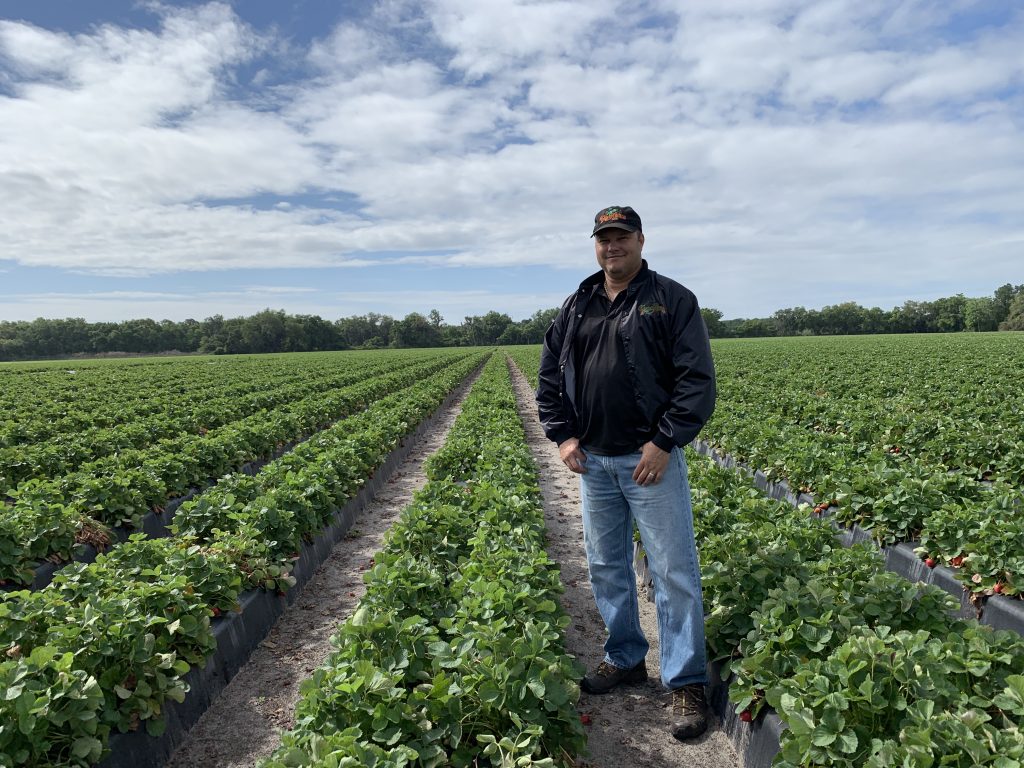By Clint Thompson
Florida strawberry growers are close to planting this year’s crop. Success this season will hinge largely on how “clean” the plants are that producers get from nurseries, believes Dustin Grooms, a producer in Plant City, Florida.

“Getting good plants is the beginning of it all. If you get problematic plants, you’ll fight with it all year. You can throw the kitchen sink at it, and it still won’t do what you need it to,” Grooms said. “It starts with a clean stock and getting good plants. That’ll start you off right and treat you well.”
Unfortunately, obtaining clean strawberry transplants can be luck of the draw for many producers like Grooms. That is why his fingers are crossed that his plant orders come back without any issues.
“There’s roughly 25 nurseries, I don’t know the exact number, but you can pick them, put them in a hat, shake them up and pull them out of a hat, because it’s about luck. One year that nursery could be No. 1 on your farm, and the next year it could be an absolute disaster,” Grooms said. “You wonder how it goes from one extreme to the other, but it just does.”

If Grooms starts with clean plants, he will also have to navigate through insect and disease issues that continue to plague Florida’s strawberry crop.
“Keeping the insects out of them, chilli thrips. You’ve got to stay vigilant on a serious program to keep those out along with spider mites. Those two things have been pretty bad the past two years,” Grooms said. “The Neopestalotiopsis is always there. It’s always in the back of your mind. Sometimes you’ll get blocks that are worse than others. If you get it in that block, it’s going to be there all year. You’re just going to have to deal with it.”
Grooms said he typically starts laying plastic during the last week in August.









